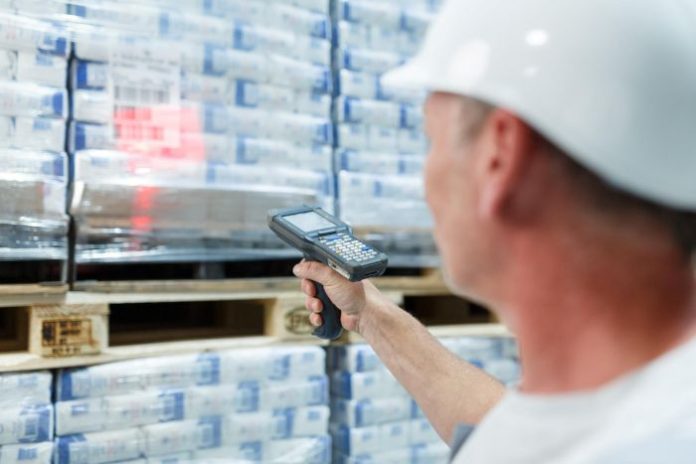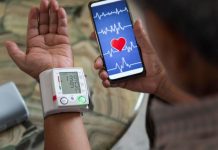Nothing slows a business like hunting for missing equipment. One misplaced tool, device, or inventory item can throw a workflow off track. For companies managing critical assets, finding the correct item at the right time isn’t a luxury; it’s necessary. RFID technology has revolutionized asset tracking by providing real-time visibility and automated identification of items. RFID asset tracking has emerged as a practical solution, making lost assets easier to find and daily operations more predictable.
Table of contents
Why Losing Assets Costs More Than You Think
Many organizations still rely on spreadsheets or barcode scans. They work in theory, but in practice? Not so much. Human errors sneak in, updates lag behind reality, and misplaced assets create unnecessary frustration.
Take a hospital, for example. A nurse searching for a single infusion pump wastes precious minutes. In a warehouse setting, delayed shipments due to missing inventory are still problems; they affect time, money, and morale.
In smaller organizations, depending on what is lost or misplaced – a laptop, a tool, perhaps a kit of components- the whole process can stop halfway through, demoralizing the workers and incurring unnecessary costs. Therefore, real-time visibility is not just an advantage but a requirement.
How RFID Technology Makes Assets Visible
Instead of hunting, businesses can now see exactly where things are. Small, durable, and flexible RFID tags give each asset an identity that can be tracked in real time.
There are two types of tags. Active tags have their own power source, sending signals over longer distances. Perfect for vehicles, machinery, or high-value equipment. Passive tags rely on the reader’s energy and are ideal for smaller items like tools, laptops, or packaged goods.
Multiple items can be read at once. Line-of-sight scanning isn’t needed. What used to take hours can now take minutes; even better, tracking updates automatically reduces mistakes from manual input.
Tangible Benefits You Can Actually See
When implemented thoughtfully, RFID tracking improves day-to-day operations:
- Quick recovery: Items aren’t lost for long. A quick scan shows where they are.
- Higher accuracy: Mistakes from manual logging drop dramatically.
- Efficiency gains: One person can track dozens of items in moments.
- Lifecycle tracking: Know when an asset was last used or maintained.
- Security and compliance: Get alerts if something moves where it shouldn’t.
Small gains in asset visibility can make a big difference. Staff spend less time searching and more time focusing on productive work.
Real-World Applications
RFID technology works across sectors. Each industry sees unique benefits:
- Healthcare: Ready critical equipment quickly, check inventories, and prevent delays in patient care.
- Manufacturing: Follow the tools and machinery production, so they never stop production.
- Warehousing & Logistics: Lost inventory is kept low, and deliveries get made on time.
- IT Management: Laptop, server, and peripheral tracking without the endless spreadsheet.
Even small operations benefit. A mid-size office tracking expensive laptops or shared devices can prevent frequent losses simply by knowing where assets are at any moment.
Rolling Out RFID the Right Way
A smooth implementation requires more than sticking tags on items. Ask these questions first:
- What type of assets need tracking?
- What environment will they be in, such as heat, moisture, or chemicals?
- What information do you need? Location, usage, maintenance history?
- How will the system integrate with existing software?
Same-day conversion of invoice prices to shipment costs ensures the system helps staff instead of creating more work. Start small by testing the system on some assets, then gradually grow. This kind of phased implementation allows teams to adapt steadily, without disruptions.
Mobile, IoT, and Real-Time Tracking
Modern RFID systems aren’t limited to a single desk or warehouse. Mobile readers and IoT integrations allow teams to track assets wherever they may be on the shop floor or in the field.
Alerts can be sent instantly. Reports can be generated automatically. Teams get information when it’s needed. The difference between waiting hours and taking minutes is tangible and often game-changing.
For example, field engineers tracking expensive tools across sites can confirm they’re in the right place without calling the office. Inventory managers can generate instant reports on missing items without lifting a single sheet of paper.
Measuring Success
It’s easy to see the impact:
- Less time wasted searching.
- Fewer lost items.
- Better compliance and security.
- More efficient use of equipment.
Even minor improvements free up staff time and reduce stress. It’s a practical solution, not a futuristic fantasy.
Everyday Impact
Imagine a busy hospital again. Staff can locate every piece of equipment in seconds. Patients get care faster. Operations flow smoothly.
In a warehouse, RFID helps locate critical tools before they delay shipments. Inventory moves efficiently. Teams aren’t scrambling. Employees can track shared assets like laptops or presentation equipment in office environments without confusion.
Moving Forward
RFID does not require the completion of an overhaul of one’s systems. Instead, it does support what works well already. It gives visibility where there was none before; it reduces errors and eases daily operations.
When applied thoughtfully, RFID technology will turn businesses from reactive to proactive. Assets aren’t just tracked; they’re accounted for. Teams work more efficiently. Managers make informed decisions. The company gains control, clarity, and confidence.











